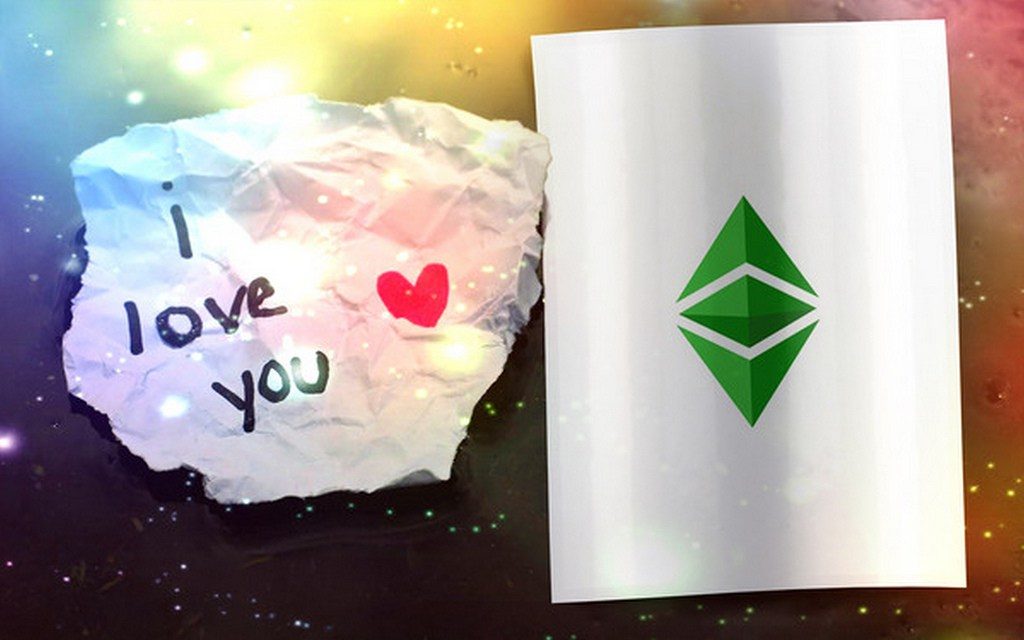How cryptography enables online shopping, cloud tech, and the blockchain by Nigel Smart — in Contributors
254 shares What do the Gallic Wars and online shopping have in common? The answer, believe it or not, is cryptography. Cryptography is the cement of the digital world, but it also has a long history that predates the digital era.
Most people do not realize that cryptography is a foundational element to our modern society. At it’s heart cryptography is about access to data, and controlling who can see and use it.
Hard Fork? Hard Fork.
HARD FORK It is not only a vital part of everyday technology such as smartphones, but it is also enabling some of the hottest innovations like blockchain and the cloud — and therefore shaping our world as we know it.
So, let’s give cryptography the credit it deserves and take the time to understand how it all works — at least the basics!
An extremely brief history: From the Gallic Wars to World War II Cryptography has been around for thousands of years. One of the earliest recorded uses of cryptography was (allegedly) by Julius Caesar. He used the Caesar Cipher about 2,000 years ago to send encrypted military messages.
The cipher was a substitution cipher in which each letter in the original message is replaced with a letter corresponding to a certain number of letters shifted up or down the alphabet.
Only those with the key — which in this case is the number by which the alphabet is shifted — could decode the message. For example, if the key is three, then A=D, B=E, C=F, and so on.
The evolution of cryptography was gradual, but grand. It started with simple substitution ciphers, like Caesar’s, or permutation ciphers (one where you simply reorder the lettering, such as “hello” becoming “lehlo”). But as time went on and cryptography became more widely used and understood, ciphers naturally became more complex.
Fast forward to today, where cryptography is a robust field with many industrial players, modern applications, and tools.
Most people have heard of the famous enigma machines that were used in the early to mid-20 th century to protect diplomatic and military communication, most notably used by the Germans in World War II.
Enigma machines used substitutions defined by wirings of wheels of 26 characters. Each letter was encrypted by a different substitution because the wheels were always turning. This is why the enigma machine was so difficult to break.
The major crypto development that changed the world In the mid-1970s there was a major development in cryptography that changed everything: public key cryptography.
Before this development, it used to be that if Bob encrypted a message to Alice, the key he used to protect that message was the same key that Alice would use to decrypt the message. This is called a symmetric key algorithm.
Public key cryptography, however, uses an asymmetric key algorithm . In these systems Bob could use a public key to encrypt a message to Alice, but Alice would use a different private key to decrypt it.
This adds a new layer of security as only Alice can decrypt the message since she is the only one with the private key. This is what makes online shopping possible. Credit card details are encrypted using a public key, then only the retailer has the private key to decrypt those details to finalize the transaction.
Blockchain and cloud computing, cryptography’s next frontier Enabling ecommerce is only one of cryptography’s many major contributions to our digital world. As cryptography continues to evolve, researchers and technologists continually find new ways to implement it as we see the emergence of new technologies.
Let’s take blockchain for example.
Just about everyone has heard of blockchain at this point, but not everyone understands it. To summarize, blockchain is essentially a shared database populated. Blockchain technology provides a secure, efficient way to create a tamper-proof log of activity. The most widely known application of blockchain is for Bitcoin and other cryptocurrencies.
Cryptography is used in two ways here. The first is via algorithms called cryptographic hash functions.
Using a chain of hashes of the database ensures that the order of transactions is preserved. Thus, the blockchain creates a something akin to what in finance is called a ledger. But unlike a centralized ledger held at one bank, a blockchain ledger is distributed across many computers, with each computer having the same view of the ledger.
This is why one often sees blockchains referred to as “distributed ledgers.”
Hash functions are also used, in the Bitcoin protocol, to ensure that everyone’s view of the ledger is the same. This is done by a process called “mining.” The Bitcoin miners search for hash values which satisfy a certain property, as they expend effort (energy) doing this for successive hash values, the effort of reversing the ledger and changing it becomes prohibitive.
This is a very inefficient method (in terms of energy consumption) of ensuring everyone’s view is the same, and other types of blockchains take different approaches to solve this problem so as to use up less of the earths energy resources.
The second way cryptography is used in this instance is to create digital signatures, which are used to provide authentication, data integrity, and non-repudiation. A digital signature is generated by combining a user’s private key with the data he or she wishes to sign. Once the data is signed, the corresponding public key can be used to verify that the signature is valid.
These digital signatures are used to ensure the data put on the blockchain is valid. In Bitcoin the digital signatures are used to ensure the correct amount of value is transferred from one Bitcoin wallet to another. For example, the digital signature ensures that Alice transferred the value out of her Bitcoin wallet, and not out of Bob’s wallet.
I know this may all sound complicated, but the final point is this:.
